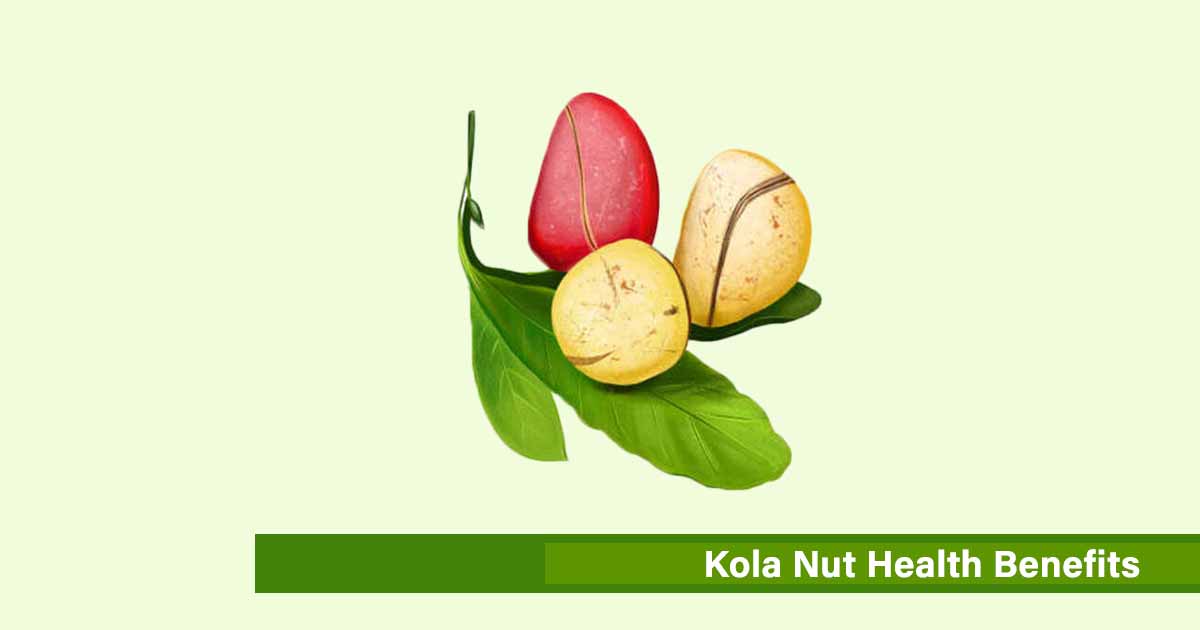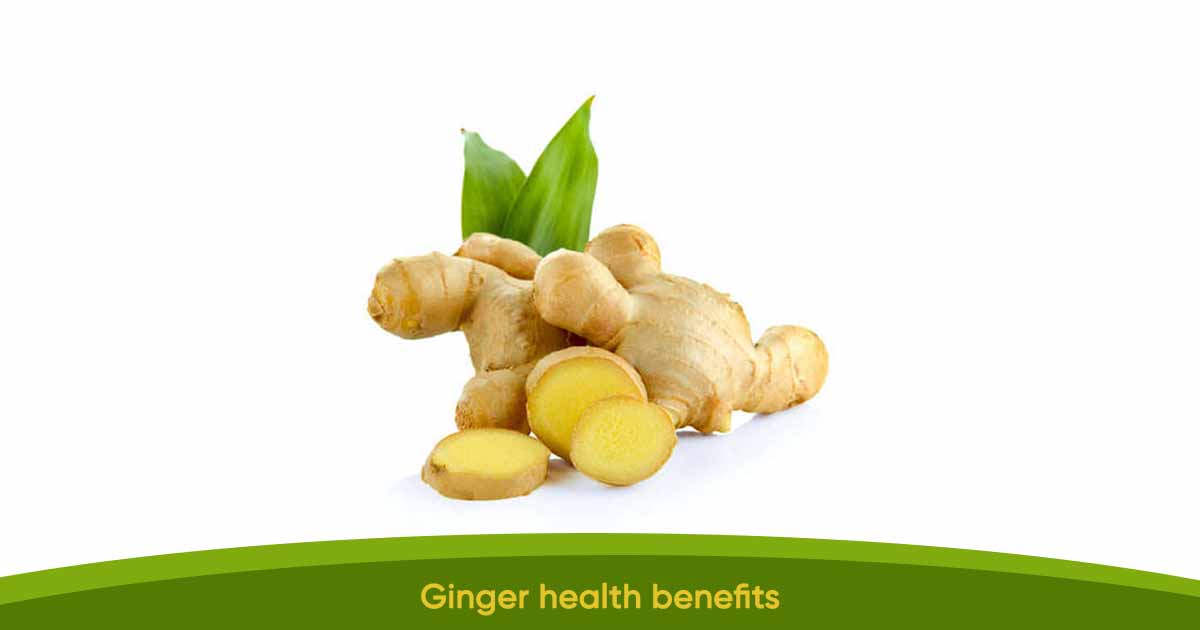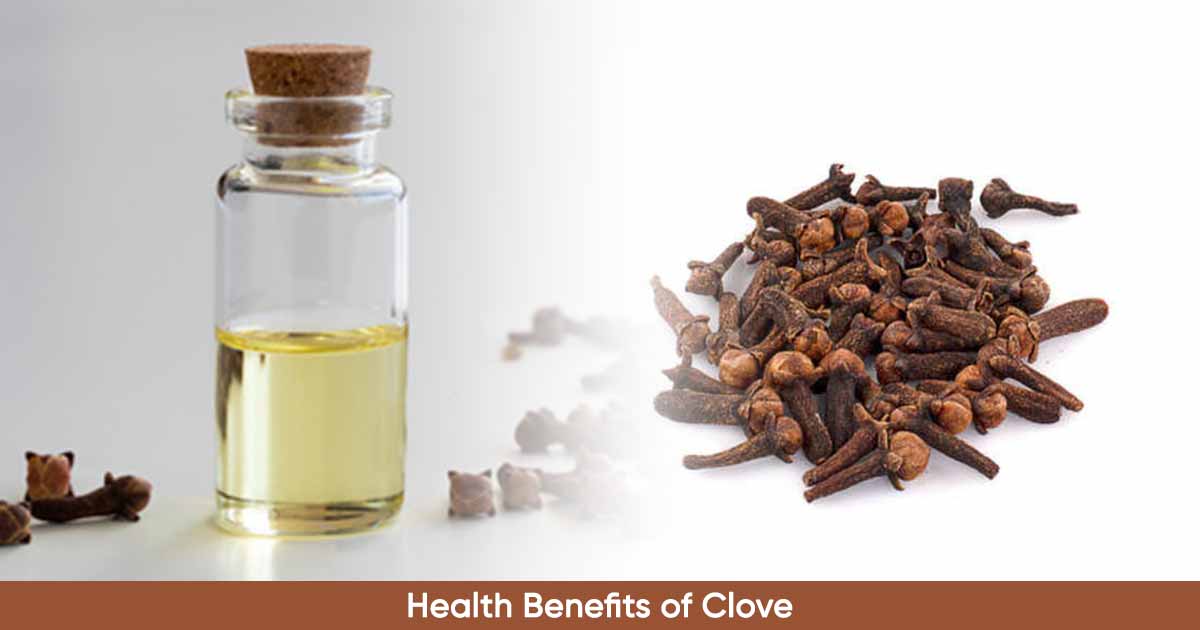Kola nut is one of the oldest stimulant chewed by mostly Africans for years. The plant tree, which can grow up to 40 to 60 feet, produces a star-shaped fruits. Fruit of the kola grows in pods, that produce about 2 to 5 nuts. The nut is about the size of walnut, or chestnut, and can come in dark red or creamy white color. The red and white kola nut are the two main species and they are preferable to consumers because they have higher caffeine content than other types.
Kola is from the Cola genus, a genus of African origin. It belongs first to the Sterculiaceae family but now the Malvaceae family. There are as many as 100 species of kola, but the most popular species are Cola cardifolia, Cola togoensis, Cola nitida, Cola acuminata, Cola anomala, Cola ballayi, Cola johnsonii, and Cola verticilata. The most widely used species are Cola nitida and Cola acuminata.
Kola nut is bitter to taste but has a pleasant aroma. Drying the nut helps to improve the taste.
Other Africa names of kola nuts are goro or gourou, ombéné, nangoué, Nut, Kolatier, Noix de Gourou, Noix du Kolatier, Noix de Soudan, kokkorokou, Bissy Nut, and matrasa. In Nigeria, the Igbos call kolanut, Oji, the Hausas call it Gworo, while the Yorubas call it Obi.
Kola originates from West Africa forest zones such as Nigeria, Ghana, Liberia, Sierra Leone, Cameroon, Cote d Ivoire but has moved to other regions through trade and colonialism. It now grows in East Africa, Mauritius, Seychelles, Dominican republic, Sri Lanka, Guadeloupe.
The plant grows well in the tropical climate, in dry region or over ground water. Shade improves the growth.
In most African tradition, the kola nut is a symbolic nut. It is a sacred nut used to communicate with the gods. It served as currency in some regions. The symbolic breaking of the kola nut is a mark of respect presented to visitors as a welcoming present, in marriages, meetings, naming ceremonies and funerals.
Constituent of Kola Nut
Kola nut contains stimulant – kolanin, and caffeine. It also has the alkaloid theobromine, as well as glucose, strychnine. Theobromine and caffeine are skeletal muscle stimulants (psychoactive substances). The caffeine content is kola is greater than in coffee, teas, while it also contains more starch than cacao.
Other constituents are tannins and phenolics, including d-catechin, 1-epicatechin, phlobaphens.
Kola nut contains nutrient such as crude fibre, carbohydrates, crude fat, proteins, amino acids. The main amino acids present are arginine, proline, threonine and lysine. Micronutrient present are iron, copper, magnesium, zinc and calcium, and vitamin C.
Major Health Benefits of Kola Nuts
Antioxidants: Kola nut has phenolic compounds, flavonoids and vitamin C that help to remove free radicals from the body. The free radicals scavenging has beneficial pharmacological effects on neurological disorders. Other effects are anti-cancer, anti-mutagenic, cardioprotective effect, anti-inflammatory and cholesterol-lowering properties.
Antimicrobial action: In a study by Lowe et al., the nut demonstrated antimicrobial action against Staphylococcus aureus, Escherichia coli, Bacillus subtilis, Klebsiella pneumonae, Pseudomonas aeruginosa and Candida albicans.
Performance enhancer: Because of the stimulatory property of the caffeine, and theobromine, the kola nut can boost performance and energy level. It eases hunger and prevents fatigue.
Mental alertness and brain function: The caffeine can alter neurotransmitter function in the brain, increasing energy level focus and mental alertness. It also improves brain circulation in the body, including the brain promoting mental alertness.
Diabetes: Kola has antioxidant properties because of constituents such as catechin, epicatechin, apigenin and naringenin. It inhibits α-amylase and α-glucosidase (key enzyme linked to type-2 diabetes). NLM.
Weight loss: Kola nut increase metabolic rate. The caffeine content also suppresses the appetite, which may help in weight loss.
Micronutrients: Kola nut has micronutrients. The iron, zinc and calcium content is higher than bitter kola, but the magnesium level is comparable. The micronutrients help in normal body functions, enzyme activities, electrolyte control, blood cell formation..
Respiratory conditions: Kola nut may curb cough, tuberculosis.
Other Uses of Kola Nuts
Flavoring of soda drinks and beverages: Kola nut is used to flavour drinks. John Pemberton, the pharmacist who invented Coca-Cola, included kola nut extract in his original recipe as the source of caffeine. However, coca and kola are no longer used by the company today.
Side Effects of Kola Nut
Kola nut causes an increase in blood pressure, as well as pressure in the eyes due to the stimulant content. People with high blood pressure, especially older people, should use it with caution.
Ingesting a large amount of kola can cause caffeine related toxicity. Death can occur from 10 to 14 grams of caffeine, that is 150-200mg of caffeine per kilogram of body weight.
It can also cause insomnia, and negative CNS symptoms such as tremor, anxiety, hyperactivity
Kola can also increase in the stomach acid production, thereby worsening duodenal or peptic ulcer disease. It also causes stomach pains. Excessive consumption of kola can cause diarrhea.
The nut may also delay blood clotting, worsening bleeding disorders.
People with osteoporosis or bone disorder should limit their caffeine intake to 300mg per day or increase their calcium intake as caffeine in products such as coffee, kola can increase the flushing out of calcium. Vitamin D and calcium works together in bone building. People with conditions that affect the vitamin D should limit kola intake.
Caffeine is not recommended in infants, children, and younger adults.
Other allergic reactions from kola nuts are stomach upset, breathlessness, hives.
Taking Kola Nut in Pregnancy
The American Herbal Products Association advised against pregnant women and ladies below 18 years taking kola nut. It can cause miscarriage, early delivery and low birth weight. Nursing mother should take little quantity since it passes into breast milk and cause reactions such as sleep disturbance, irritability and increased bowel movement in a new born.
References:
- https://pdfs.semanticscholar.org/251e/ff826c9fcbf133479254fc42295183f71d04.pdf?_ga=2.24612735.4360424.1665396877-1574410029.1662035856
- https://www.sciencedirect.com/topics/medicine-and-dentistry/kola-nut/pdf
- https://www.scirp.org/html/7-2701735_61333.htm











